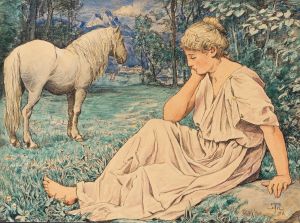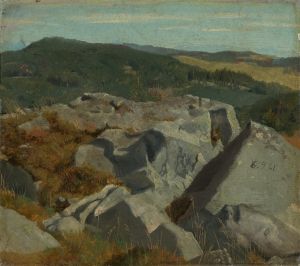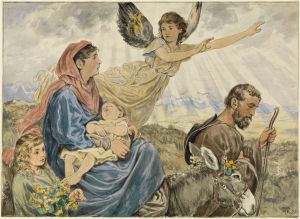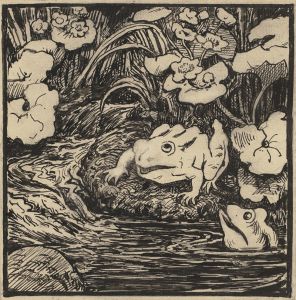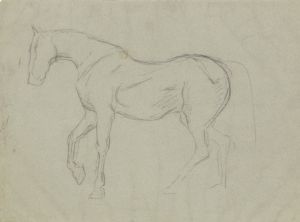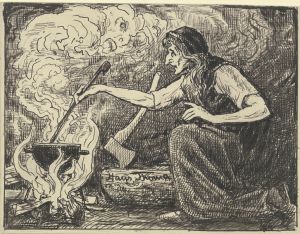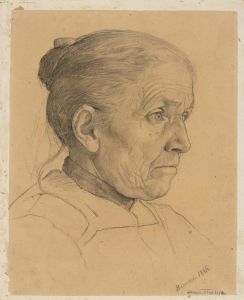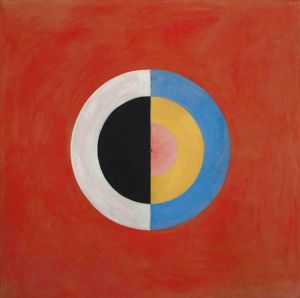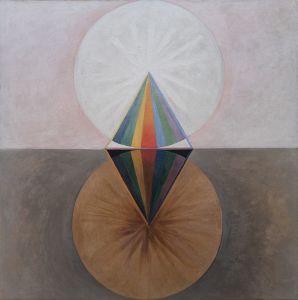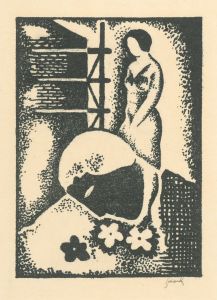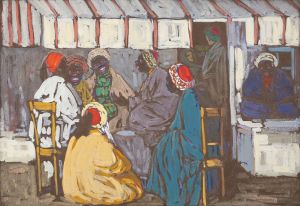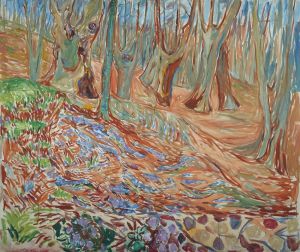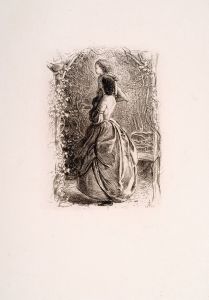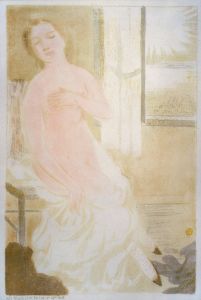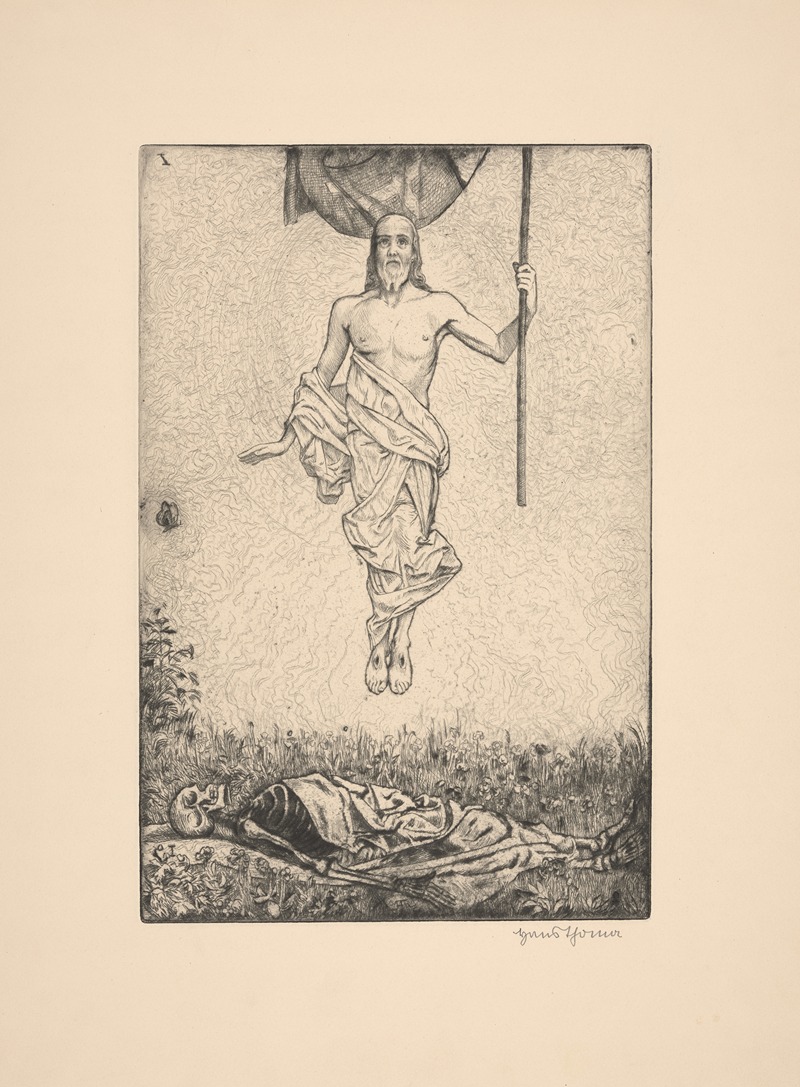
Auferstehung
A hand-painted replica of Hans Thoma’s masterpiece Auferstehung, meticulously crafted by professional artists to capture the true essence of the original. Each piece is created with museum-quality canvas and rare mineral pigments, carefully painted by experienced artists with delicate brushstrokes and rich, layered colors to perfectly recreate the texture of the original artwork. Unlike machine-printed reproductions, this hand-painted version brings the painting to life, infused with the artist’s emotions and skill in every stroke. Whether for personal collection or home decoration, it instantly elevates the artistic atmosphere of any space.
Hans Thoma's painting Auferstehung (translated as Resurrection) is a work by the German painter and graphic artist, who was active during the 19th and early 20th centuries. Thoma, born on October 2, 1839, in Bernau in the Black Forest, is known for his landscapes, portraits, and religious-themed works, often characterized by a blend of realism and symbolism. His art reflects influences from the German Romantic tradition, as well as the Renaissance and early Netherlandish painting.
Auferstehung is one of Thoma's religious-themed paintings, a subject he explored in various works throughout his career. The painting depicts the Christian theme of resurrection, a central tenet of Christian theology symbolizing triumph over death and the promise of eternal life. Thoma's interpretation of this theme often reflects his personal style, which combines a reverence for traditional religious iconography with a distinctively German aesthetic rooted in nature and spirituality.
While specific details about the creation date, dimensions, and current location of Auferstehung are not widely documented, Thoma's religious works were generally created during the later part of his career, when he increasingly turned to themes of faith and spirituality. His works from this period often exhibit a serene and contemplative quality, with an emphasis on harmony and balance in composition.
Thoma's art was well-regarded during his lifetime, and he held significant positions in the German art world, including serving as the director of the Karlsruhe Academy. His works, including Auferstehung, are considered part of the broader movement of 19th-century German art that sought to reconcile traditional themes with modern sensibilities.
Due to limited available information specifically about Auferstehung, further details about the painting's provenance, critical reception, or specific stylistic elements remain unclear. However, it is representative of Thoma's broader body of work, which continues to be studied and appreciated for its unique contribution to German art history.





